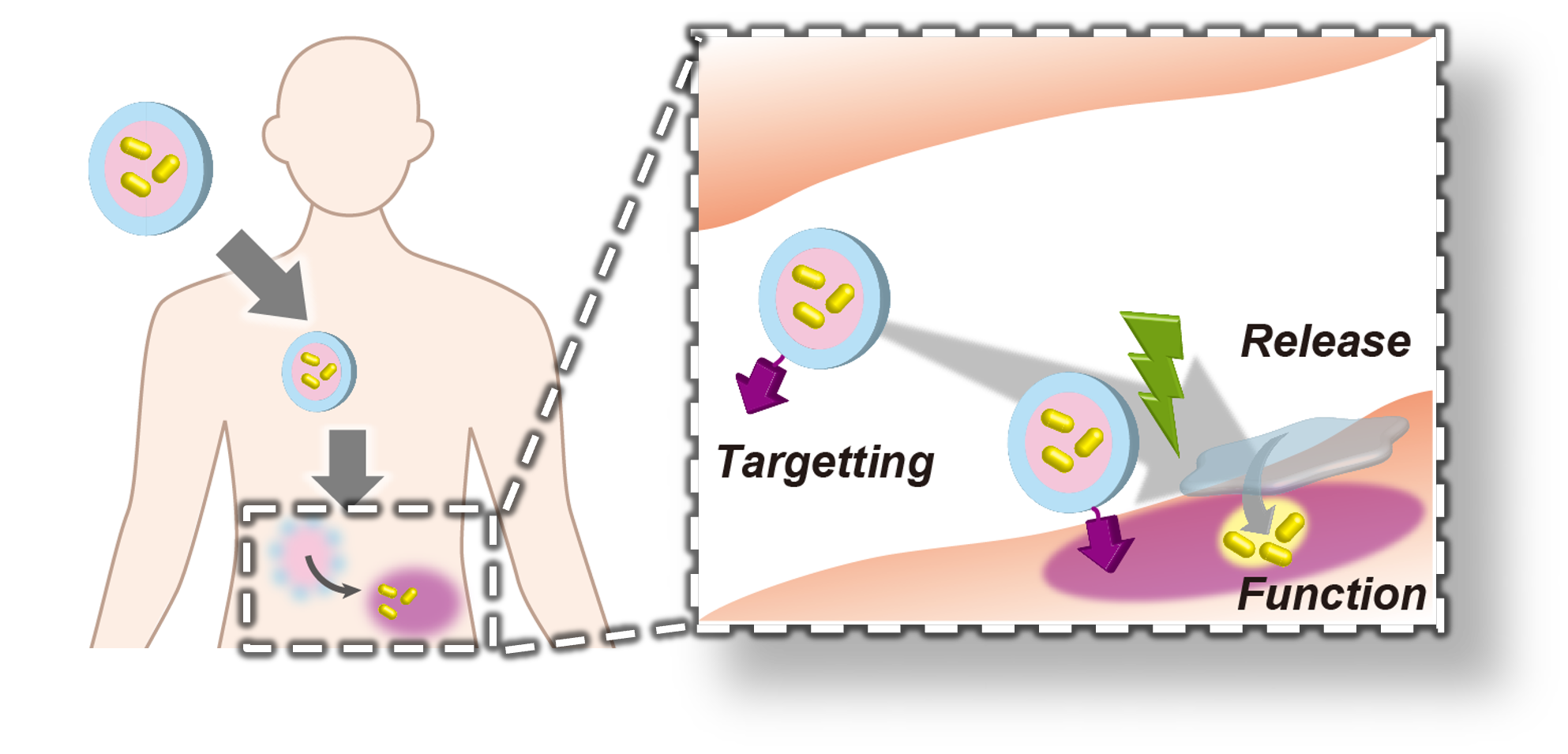Research
To sustain a comfortable life for humanity and support industrial activities, research aimed at the development, design, and implementation of technologies and processes that contribute to medical and healthcare fields—such as regenerative medicine, tissue engineering, and drug delivery—is essential.
Our research group aims to contribute to the medical and healthcare sectors by "designing and developing methods to utilize the functions of living organisms as materials" and by "designing and developing materials and methods to control biological functions." We are also engaged in research related to food production with consideration for the Sustainable Development Goals (SDGs).
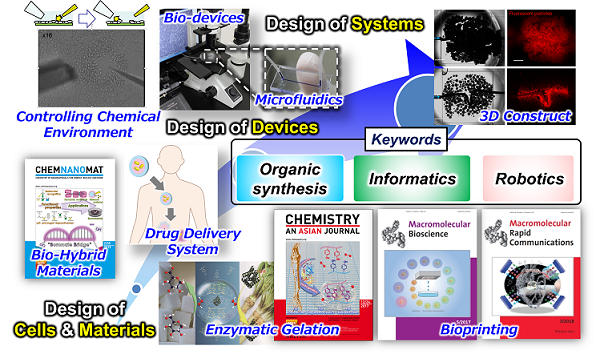
Contribution to Regenerative Medicine
Development of 3D Bioprinting Technologies
Tissue engineering aims to create substitutes for tissues and organs whose functions have been lost or impaired due to disease, injury, or congenital conditions by skillfully combining cells and artificial materials. Regenerative medicine refers to medical treatments that utilize such engineered tissues. Our laboratory is engaged in developing technologies related to 3D bioprinting—a key technique in tissue engineering that enables the fabrication of tissues and organs using printers in three dimensions. This includes the synthesis of novel ink materials that enhance cellular functions, utilizing knowledge of organic chemistry, as well as the design and construction of new printers based on an understanding of ink flow behavior during the printing process.
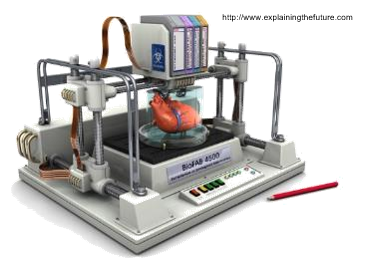
Development of Enzyme-Based Tissue Engineering Technologies
Enzymes can catalyze various reactions under conditions in which animal cells can survive. Utilizing this property, we are developing technologies to create substitutes for tissues and organs by encapsulating animal cells within jelly-like hydrogels (using our originally synthesized materials), allowing them to proliferate inside, and subsequently retrieving them as needed.
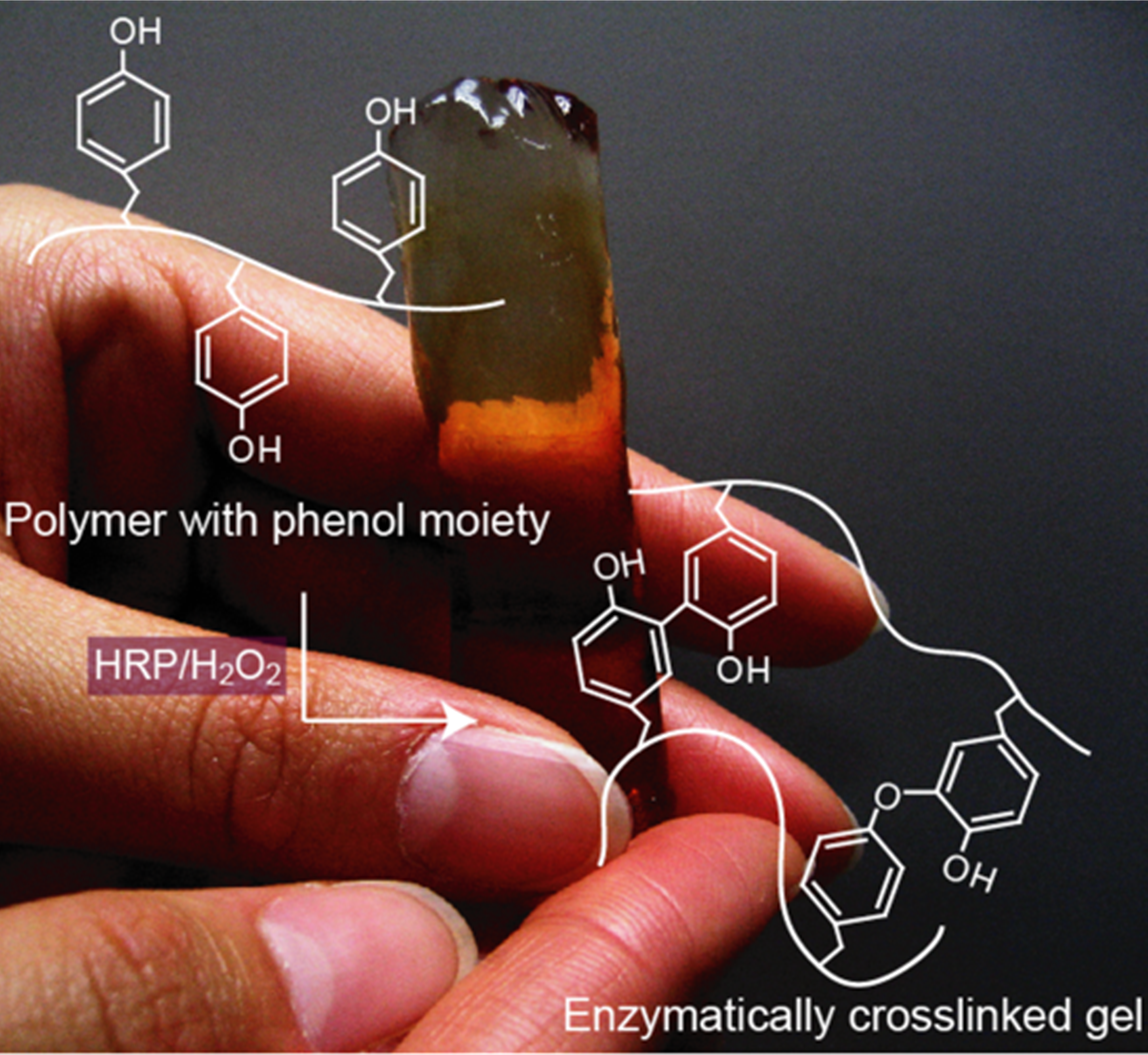
Challenges in Tissue Construction Using Robotic Technologies
Precise Control and Measurement of the Intracellular and Extracellular Environment
Cells and biological tissues form complex structures and exhibit advanced functions by appropriately responding to various input signals or stimuli. However, many aspects of these mechanisms remain unclear, and precise measurement of cellular responses is essential for their understanding. We have developed a robotic system capable of skillfully manipulating microscale objects—such as grasping or rotating items about 1 micron in size—to apply localized mechanical or chemical stimuli to cells. The advancement of this technology contributes to elucidating various characteristics of cells and biological tissues and to establishing methods for tissue construction. Furthermore, automation based on robotic technologies enables experiments that are difficult to perform manually, paving the way for the discovery of novel insights that were previously unattainable.
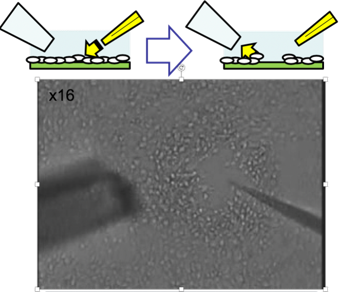
Development of Novel Bio-Devices
Development of Lab-on-a-Chip Technology and Its Applications in Chemistry and Life Sciences
"Lab-on-a-chip" refers to a technology that uses various microfabrication techniques to create chip-like miniature experimental devices with micro- or nanostructures. It enables scaled-down versions of typical laboratory processes—such as mixing, reactions, separation, and detection—to be performed on a single chip. Moreover, various biological activities that occur within the body can also be reproduced on these chips. Our group is engaged in the development of Lab-on-a-Chip devices aimed at applications in chemistry and life sciences.
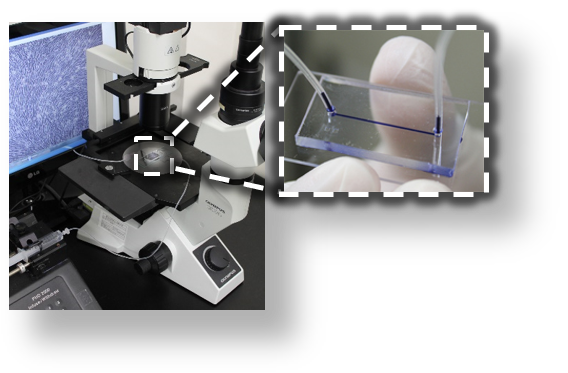
Development of Novel Materials and Devices for Drug Delivery Systems (DDS)
To ensure that functional molecules, including pharmaceuticals, exert their effects precisely within the body, it is essential to deliver them to the right place, in the right amount, and at the right time. In particular, to achieve sustained release and functional control of these molecules at the target site, a chemical engineering perspective that allows a comprehensive understanding of the entire system is indispensable. Our research focuses on the design of original materials and the development of devices using those materials to efficiently and effectively deliver genes or bioactive compounds to specific local tissues or cells—such as cancer cells or cells damaged by environmental factors—within the body.
